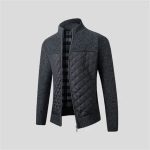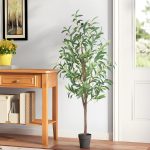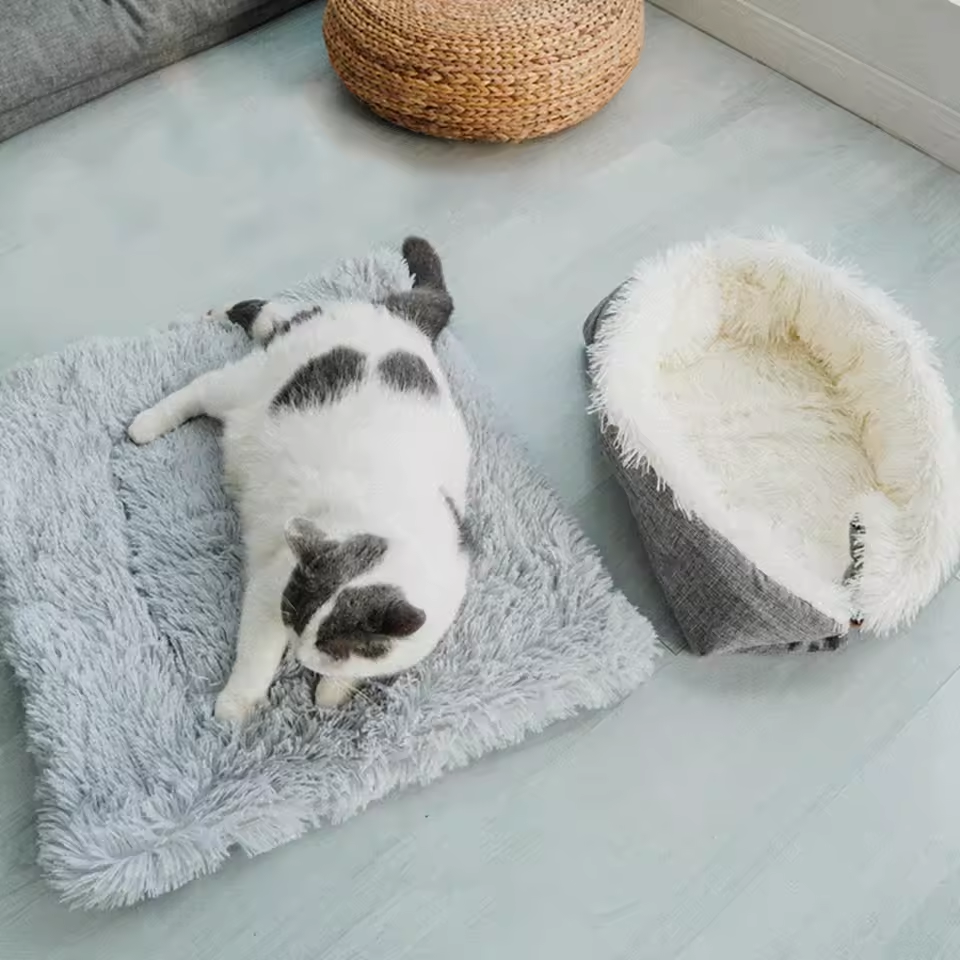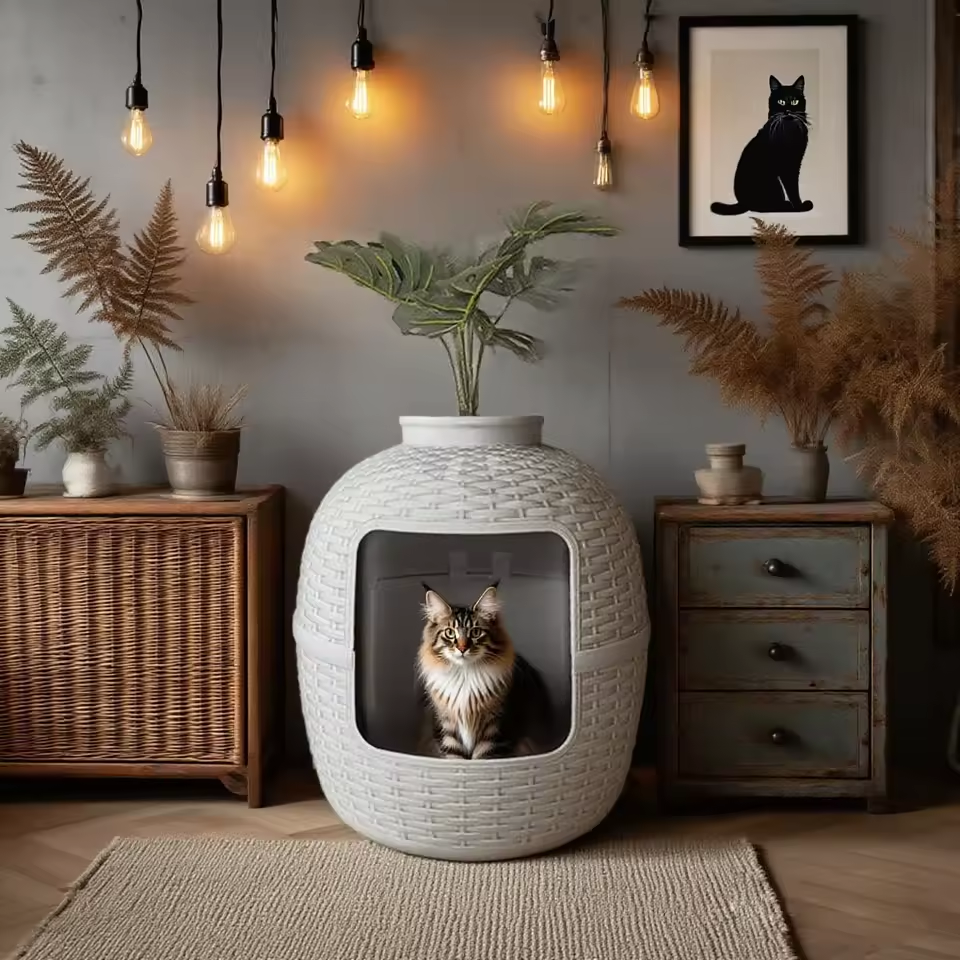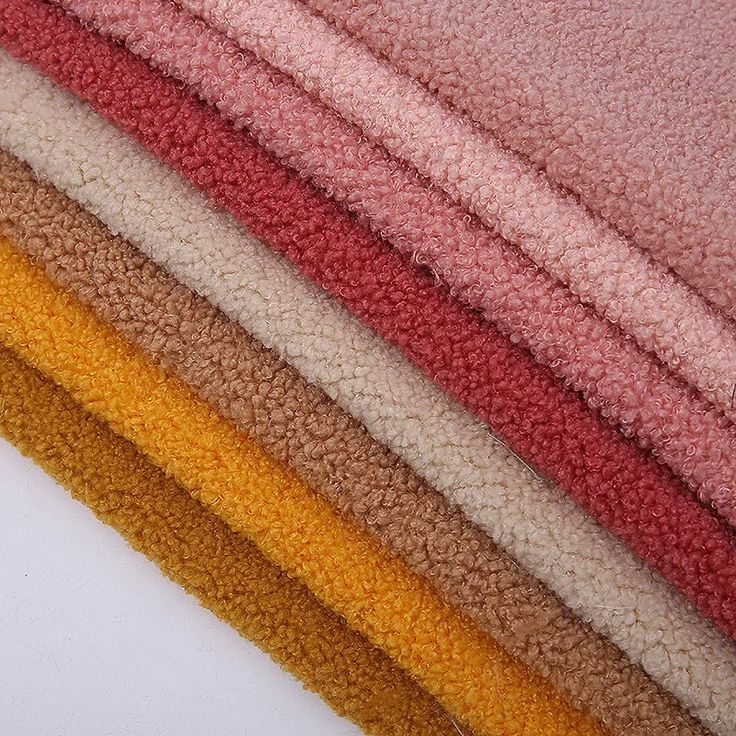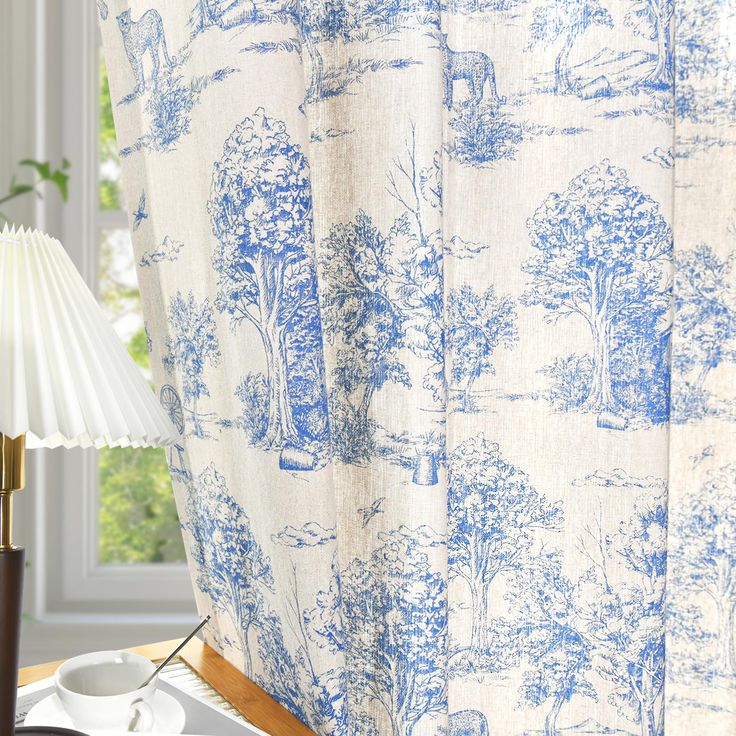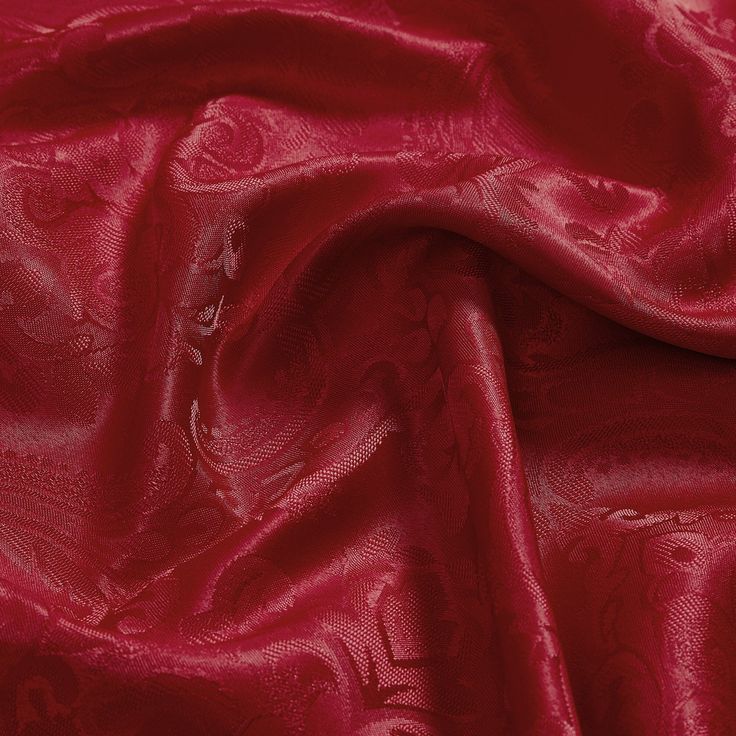What is Custom Fabric?
Custom fabric refers to textiles specifically designed and manufactured to meet unique requirements. These fabrics are tailored to fit specific needs in terms of functionality, appearance, and purpose. Businesses or individuals can dictate the material type, color, pattern, and finishing treatments when creating custom fabric. This versatility ensures that the end product aligns perfectly with the intended use.
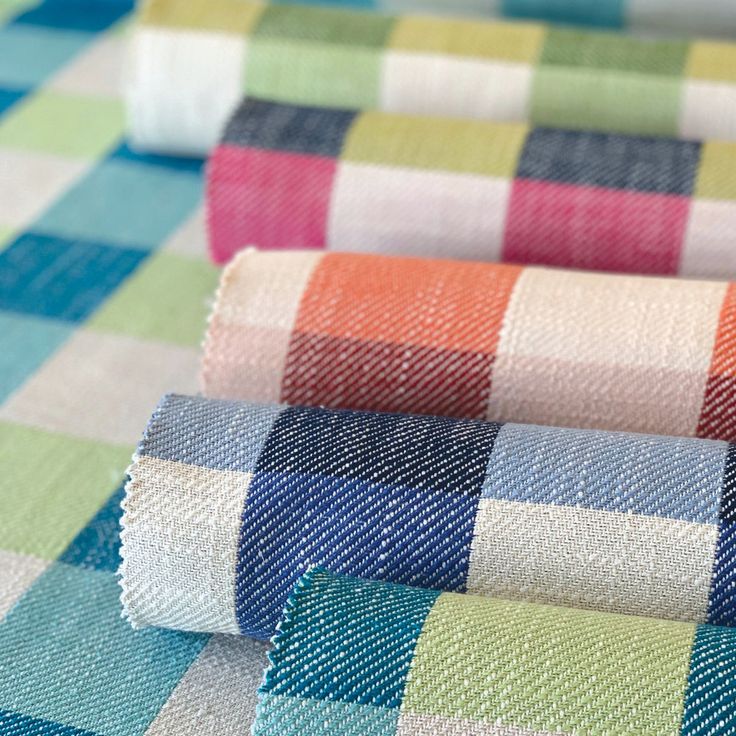
Definition and Features of Custom Fabric
Custom fabric combines creativity and precision to produce bespoke textile solutions tailored to individual needs. The following features characterize custom fabric:
- Personalization: Clients have the ability to create unique colors, patterns, or textures that match their specific vision. This level of customization ensures that each fabric is one-of-a-kind.
- Functional Adaptability: Custom fabrics can be designed to meet specific functional needs, such as water resistance, breathability, or fire retardance. This adaptability makes them suitable for a wide range of applications.
- High Precision: When it comes to designs or patterns, custom fabric allows for accurate scaling and adjustments. This guarantees that all specifications align perfectly with client requirements.
- Quality Control: Custom orders typically undergo stricter quality checks, ensuring that each piece meets the highest standards before delivery. This rigorous oversight leads to a flawless final outcome.
In summary, custom fabric balances aesthetics with performance, ensuring that it meets required standards while delivering unique style.
Common Materials Used in Custom Fabric
Various materials are commonly employed in crafting custom fabric solutions, each chosen for its unique attributes:
- Cotton: Known for its versatility, softness, and breathability, it’s perfect for custom apparel.
- Polyester: Popular for durability and resistance to wrinkles; often used in industrial settings.
- Silk: Favored for its luxurious feel and elegant finish, ideal for high-end designs.
- Linen: Preferred for its lightweight properties, great for warm-weather applications.
- Blends: Combining different fibers to achieve the perfect balance of qualities, such as cotton-polyester blends for comfort and durability.
Choosing the right material depends on the specific purpose and desired characteristics of the custom fabric.
Benefits of Opting for Bespoke Fabric
Custom fabric offers numerous advantages that make it a preferred choice for various needs. Whether quality, uniqueness, or cost-effectiveness is your priority, these benefits enhance the value of choosing tailored textile solutions for your projects.
Durability and Quality Assurance
Custom fabric is designed to meet strict quality standards, ensuring that it meets the specific demands of each application. Each piece undergoes rigorous testing to confirm its durability and suitability for various uses. By tailoring fabrics, manufacturers focus on high-quality materials that deliver long-lasting performance. Clients enjoy the flexibility to choose from a range of high-grade materials, ensuring that the final product meets their expectations. This meticulous approach results in fabrics that resist wear and tear, making them perfect even for the most demanding conditions.
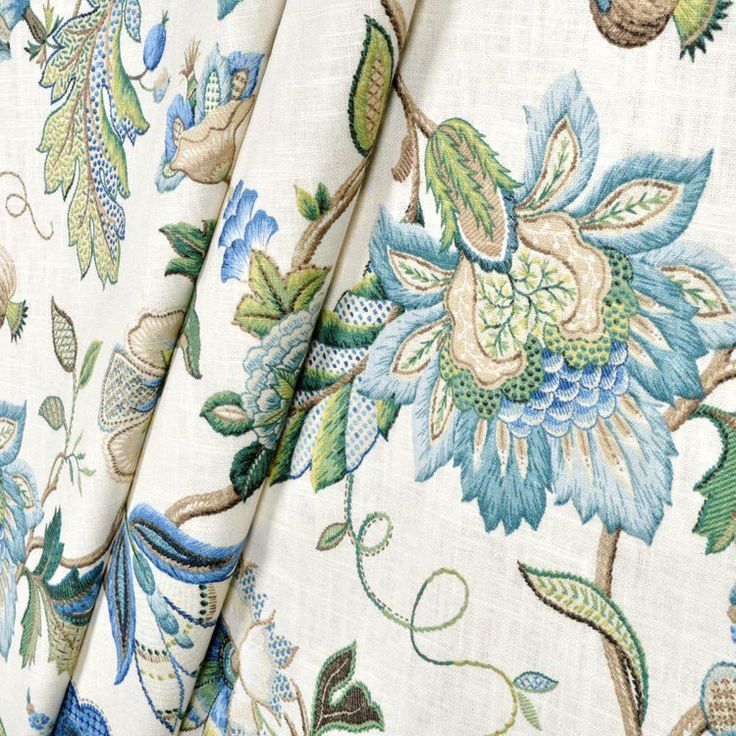
Unique Design and Personalization
One of the standout features of custom fabrics is the unlimited potential for creativity. You have the freedom to select colors, patterns, and textures that align with your specific vision. This level of personalization allows you to create one-of-a-kind products that truly stand out. Tailored textiles ensure the perfect blend of aesthetics and functionality, catering to diverse needs. Whether for unique branding or custom home interiors, the possibilities are endless. Custom fabrics empower you to express your style and vision without compromise.
Cost-Effectiveness in the Long Run
Investing in custom fabrics can lead to significant savings over time. Pre-made fabrics often result in waste or inefficiency, especially when the materials do not fit specific needs. Custom solutions help minimize material wastage through precise tailoring, ensuring that each length of fabric serves its purpose. Moreover, the superior durability of custom fabrics reduces the frequency of replacements. Businesses, in particular, benefit from using fabrics that meet their precise requirements, which boosts productivity and effectively lowers long-term expenses.
In summary, the benefits of opting for custom fabric are clear and compelling, making it a smart choice for any project. Whether you prioritize quality, uniqueness, or cost savings, custom fabrics deliver exceptional value that stands the test of time.
Applications of Bespoke Fabric in Various Industries
Custom fabric has revolutionized multiple industries by providing tailored solutions that meet specific needs. Its versatility makes it suitable for both creative and practical applications, allowing various sectors to benefit.
Fashion and Apparel
Custom fabric serves as a cornerstone of the fashion industry. Designers leverage it to bring their unique visions to life, allowing for unparalleled creativity in their collections. Brands often select specific colors and patterns to create exclusive designs that stand out in a competitive market. Custom textiles enhance not only the fit and comfort of garments but also align with the latest fashion trends. Functional properties such as stretch or moisture-wicking capabilities can be seamlessly incorporated into custom fabrics, catering to the demands of modern consumers. For luxury fashion, options like custom silk add elegance that elevates any collection, making it highly sought after by discerning clients.
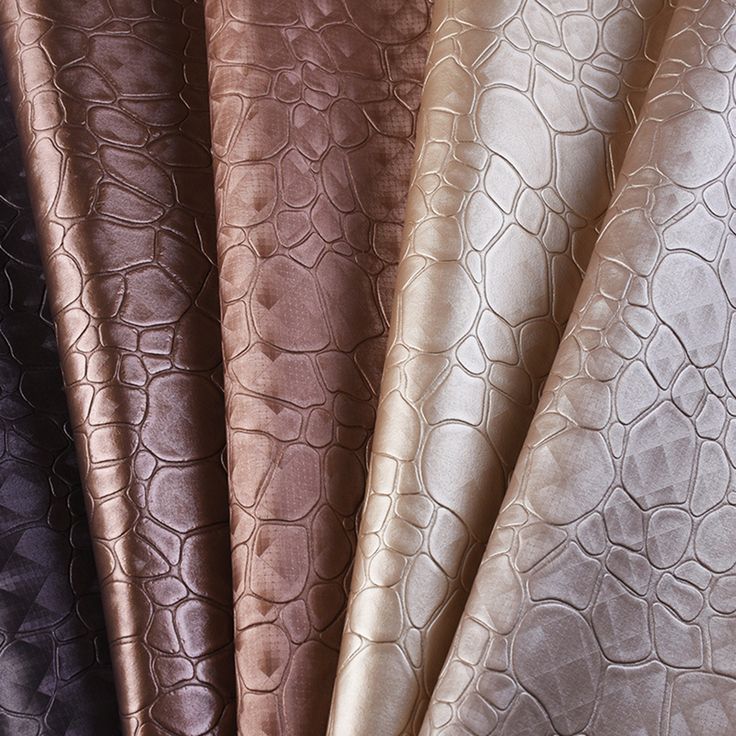
Interior Design and Upholstery
Interior designers heavily rely on custom fabric to achieve unique and cohesive aesthetics in their projects. Items like curtains, cushions, and upholstery benefit significantly from tailored designs that match clients’ visions. This customization allows designers to coordinate colors, patterns, and textures, ensuring a harmonious look throughout a space. Furthermore, the demand for durability encourages the use of stain-resistant materials in furniture upholstery. Custom fabrics also contribute to creating thematic decor, enhancing the atmosphere of homes and offices alike.
Commercial and Industrial Uses
Various industries utilize custom fabric for practical and functional purposes. Businesses often require specialized textiles for branding, uniforms, and promotional materials. For example, custom polyester is widely used in banners, merchandise, and promotional items, helping brands make a lasting impression. In manufacturing, customized textiles cater to niche needs such as fire resistance, abrasion endurance, and other specific properties. These practical options not only improve efficiency but also ensure safety in demanding environments, offering protection where it matters most.
By understanding the diverse applications of custom fabric, industries can harness its potential to enhance creativity, functionality, and safety in their respective fields.
How to Choose the Right Bespoke Fabric Supplier
Selecting the right custom fabric supplier is critical for quality and satisfaction. A reliable supplier ensures your vision is realized with precision and professionalism.
Key Factors to Consider
When selecting a supplier for custom fabric, consider several key factors to ensure a successful partnership:
-
Experience and Expertise: Choose a supplier with a proven track record in the custom fabric industry. Experienced suppliers understand industry standards, trends, and unique requirements. Their knowledge can greatly enhance your project.
-
Material Quality: Assess the quality of the materials used by the supplier. Opt for those who source durable and premium fabrics that guarantee longevity and performance. High-quality materials often make a significant difference in the final product.
- Customization Options: Ensure that the supplier offers a wide range of customization choices. Look for options that include various patterns, colors, and finishing treatments. This flexibility allows you to achieve the desired aesthetics.
- Pricing Transparency: It is crucial to find suppliers with clear pricing structures. Confirm all details upfront to avoid hidden costs. Transparent pricing helps you budget more effectively for your custom fabric needs.
- Lead Time: Check the delivery timelines of potential suppliers. Reliable companies can modify their schedules to meet your deadlines without compromising quality, ensuring timely outcomes.
- Client Reviews: Read testimonials or reviews from previous customers. Feedback frequently highlights the supplier’s reliability and the quality of their service, providing valuable insights before making your choice.
By considering these factors, you can make an informed decision when choosing a custom fabric supplier.
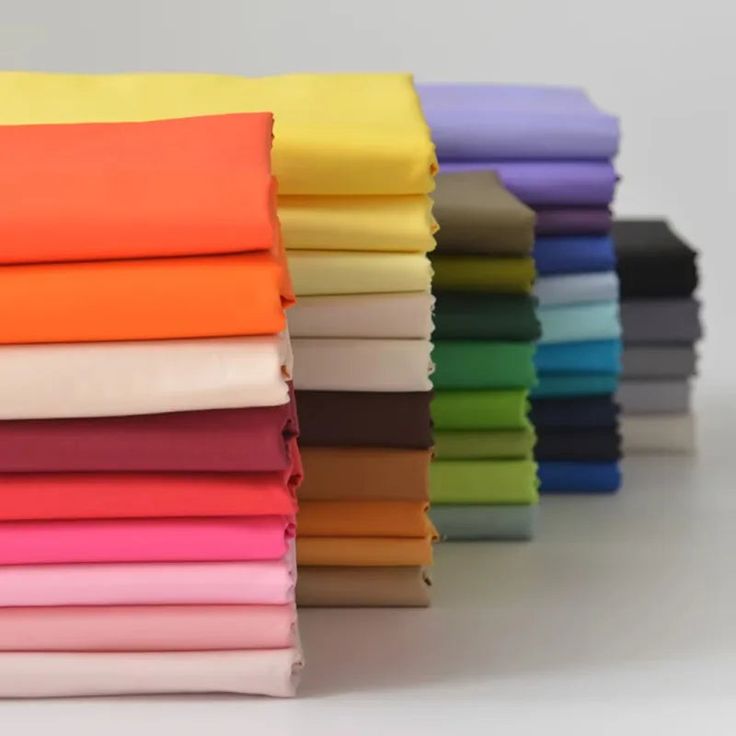
Questions to Ask Your Supplier
- What is your experience in custom fabric production?Ensure they have specific expertise in manufacturing tailored textiles.
- Can you share samples or a portfolio of previous projects?Reviewing their work helps you gauge their capabilities and design range.
- What customization options do you offer?Confirm the ability to personalize colors, patterns, textures, and functional features.
- What materials do you use, and are they eco-friendly?This helps verify the quality and sustainability of their offerings.
- What is the expected timeline for producing my order?Understand production and shipping schedules to plan accordingly.
- What quality assurance measures are in place?Ensure they test and inspect fabrics thoroughly to meet high standards.
Selecting the right supplier ensures you receive custom fabrics that match your vision and needs perfectly.
The Process of Custom Fabric Production
Creating custom fabric involves various steps, ensuring a tailored product aligns with specific needs. Understanding this process is essential to appreciate the meticulous effort behind bespoke textiles.
Steps Involved From Concept to Creation
- Idea Development: Begin by outlining the purpose and design requirements for the fabric.
- Material Selection: Choose the base fabric depending on durability, comfort, and intended functionality.
- Design Finalization: Create patterns, colors, and textures using digital or manual processes.
- Sample Production: Produce prototypes or samples for quality assessments and necessary refinements.
- Fabric Manufacturing: Use advanced machinery or handcrafting techniques to create the final product.
- Quality Assurance: Inspect and test the fabric to ensure it meets design and durability standards.
- Packaging and Delivery: Prepare the final product for shipping, ensuring safe and timely delivery.
Custom Printing and Dyeing Techniques
- Screen Printing: Perfect for bold designs and high-quality detailing on fabrics.
- Digital Printing: Ideal for complex patterns with accuracy and vibrant colors.
- Heat Transfer Printing: Applies designs using heat to ensure long-lasting results.
- Tie-Dye Methods: Creates unique, handcrafted patterns with artistic appeal.
- Natural Dyeing: Utilizes eco-friendly dyes for sustainable fabric production.
- Specialized Patterns: Includes embossing, block printing, or foil stamping techniques for custom effects.
Custom fabric production offers unparalleled creativity and functionality through sophisticated techniques. By understanding this process, clients can better communicate their vision and ensure a flawless outcome.
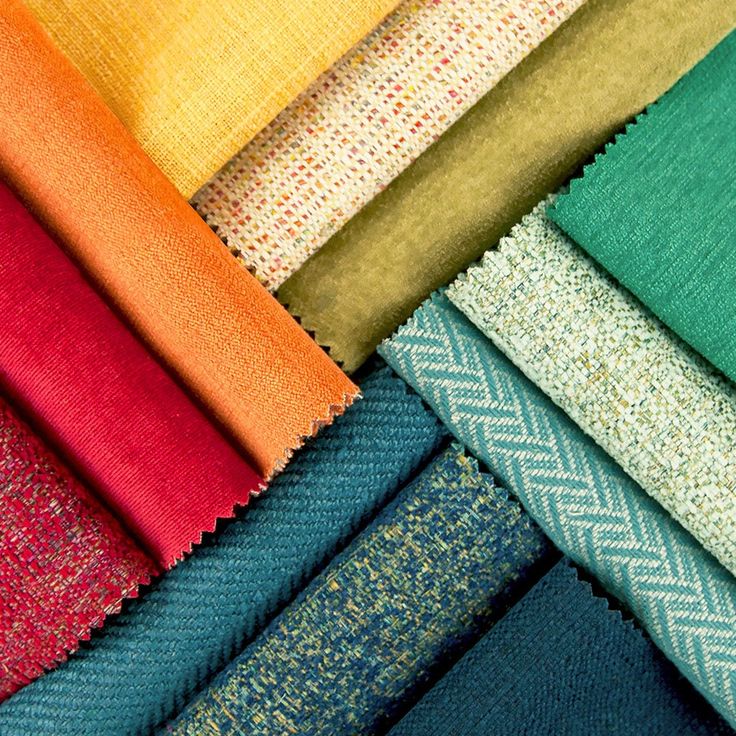
Trends in Bespoke Fabric Design
Custom fabric design continues to evolve, driven by innovation and a focus on sustainability. Staying ahead of these trends helps individuals and businesses make informed choices.
Eco-Friendly and Sustainable Materials
- Recycled Fabrics: Many manufacturers now use recycled materials like polyester and cotton. These fabrics reduce waste and conserve resources.
- Natural Fibers: Organic cotton, hemp, and bamboo are gaining popularity. They are biodegradable and promote eco-consciousness.
- Plant-Based Dyes: Natural dye techniques minimize chemical usage, promoting healthier fabrics and reducing environmental impact.
- Zero-Waste Designs: Custom fabric production increasingly aims to reduce waste in cutting and finishing processes. This approach supports sustainable manufacturing.
The demand for eco-friendly fabric solutions continues to grow. Businesses and consumers value options that support environmental health and responsible production methods.
Technological Innovations in Fabric Production
- Digital Printing: Advanced printers create detailed designs quickly and with precision. This method enhances efficiency and creativity.
- Smart Fabrics: Technology integrates sensors into textiles for added functionality, such as monitoring temperature or movement.
- Laser Cutting: Precision machines cut fabrics with minimal waste, ensuring no resources are unnecessarily lost.
- 3D Fabric Printing: Innovations offer unique textures and patterns, creating entirely new possibilities in fabric design.
- Automated Production: AI and robotics streamline processes, improving speed and quality while lowering costs.
Technological advancements enhance fabric production by making processes faster and more versatile. They also open doors to creative designs that were once impossible.
Tips for Maintaining Bespoke Fabrics
Proper care ensures that custom fabric retains its quality and appearance over time. By following these maintenance tips, you can maximize its longevity and utility.
Cleaning and Storage Guidelines
- Follow Manufacturer Guidelines: Always refer to care labels for specific cleaning instructions.
- Use Gentle Detergents: Choose mild, fabric-safe detergents to preserve texture and color.
- Hand Wash Delicates: For fabrics like silk or lace, wash by hand using cold water.
- Avoid Harsh Chemicals: Stay away from bleach or strong cleaners as they may weaken the material.
- Proper Drying: Air dry fabrics whenever possible to prevent shrinkage or heat damage.
- Iron with Care: Use the appropriate heat setting for your fabric type to avoid scorching.
- Clean Stains Quickly: Address stains immediately to prevent them from setting.
- Store in a Cool, Dry Place: Keep fabrics away from direct sunlight or moisture, which can cause fading or mildew.
Extending the Lifespan of Your Fabric
- Limit Sun Exposure: Prolonged sunlight can weaken fabric fibers and fade colors.
- Rotate Usage: For upholstery or curtains, rotate placements to balance wear.
- Avoid Overloading Machines: Laundering fabrics in small loads reduces strain on the fibers.
- Repair Promptly: Fix small tears or loose threads before they worsen.
- Use Protective Covers: Shield custom fabrics in high-use areas with covers or cushions.
- Opt for Professional Cleaning: For intricate or delicate fabrics, hire professional cleaning services periodically.
- Avoid Sharp Objects: Keep pointed items away to reduce the risk of snags or punctures.
By following these tips, you can keep your custom fabric looking and performing like new for years.
